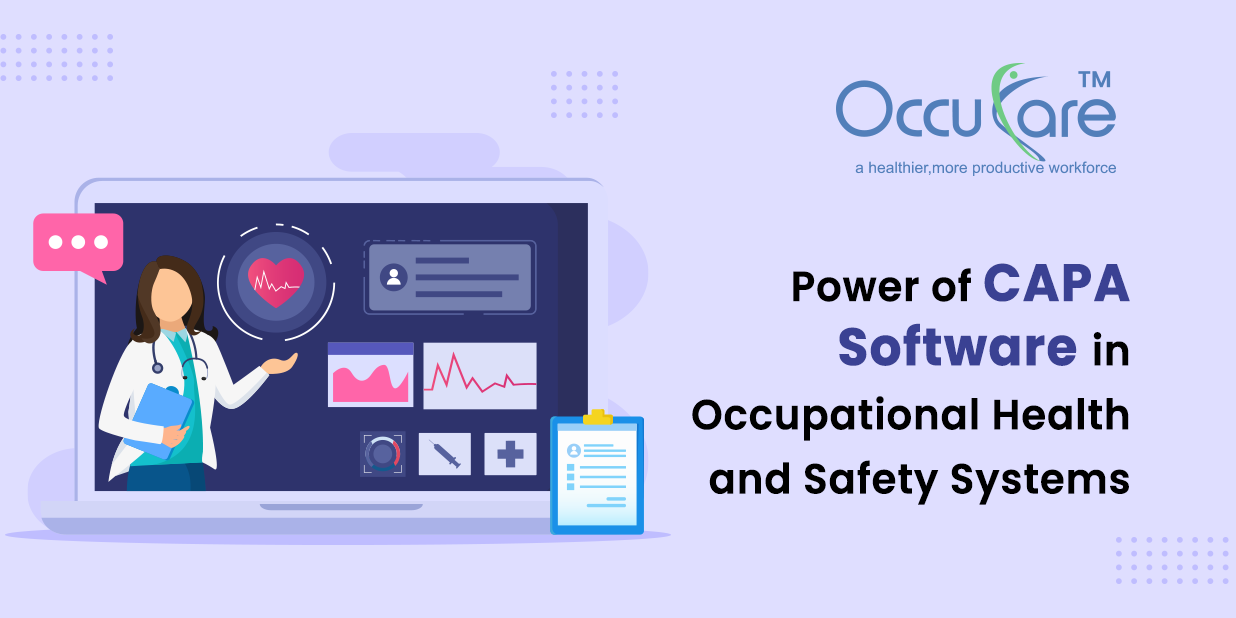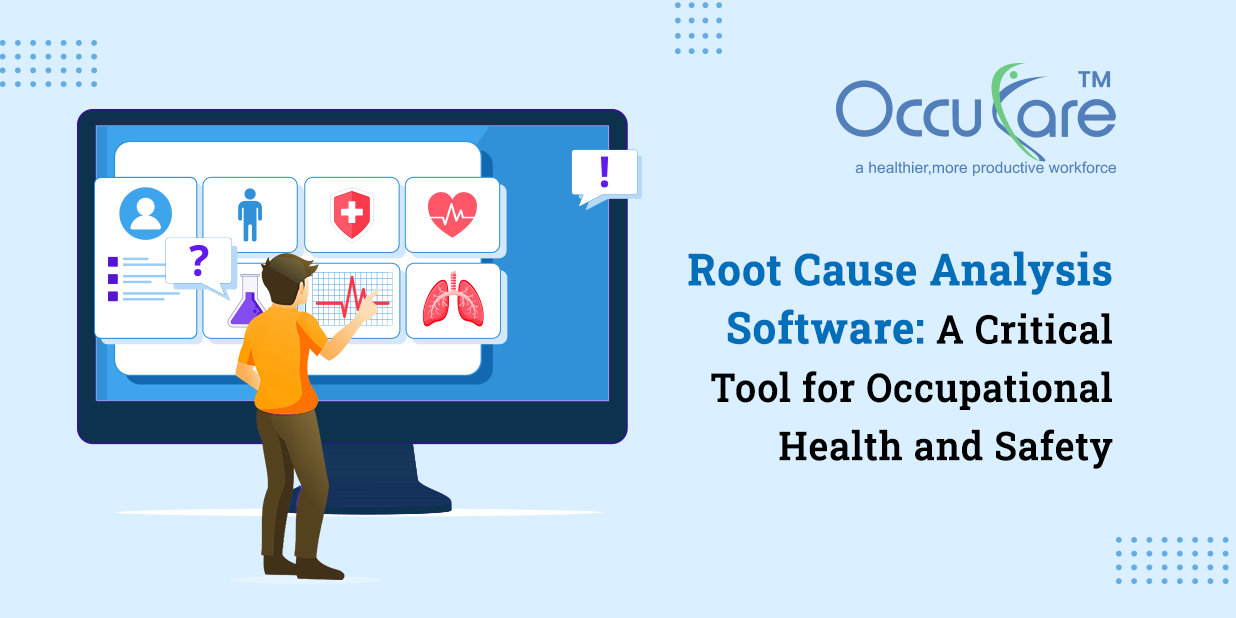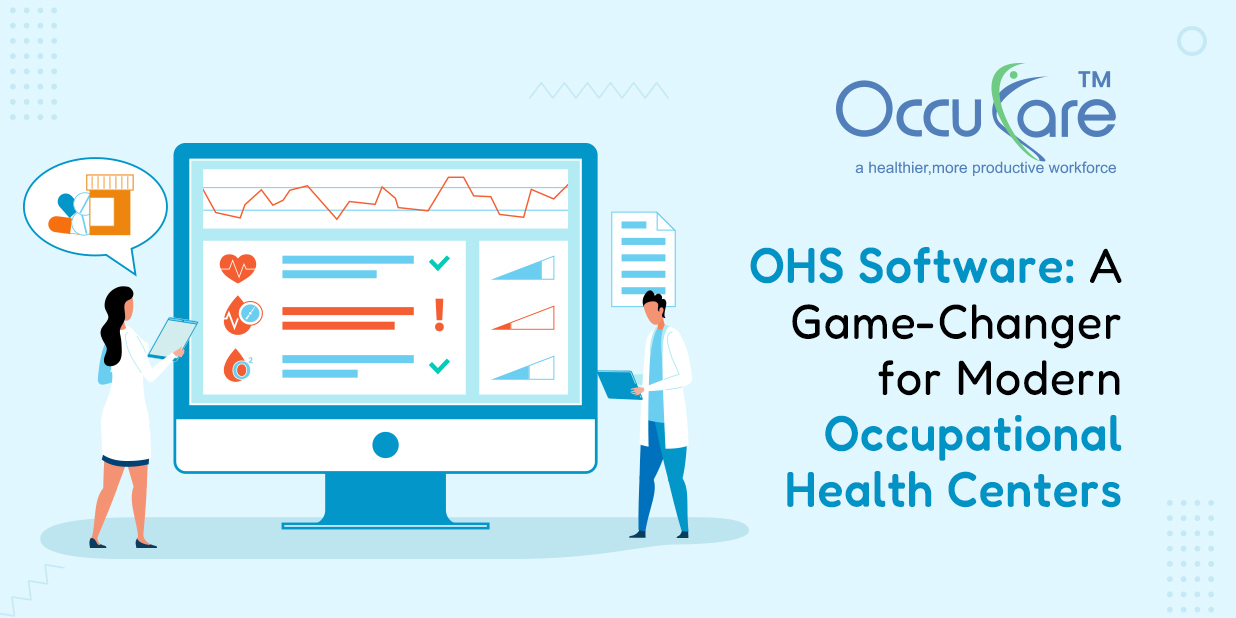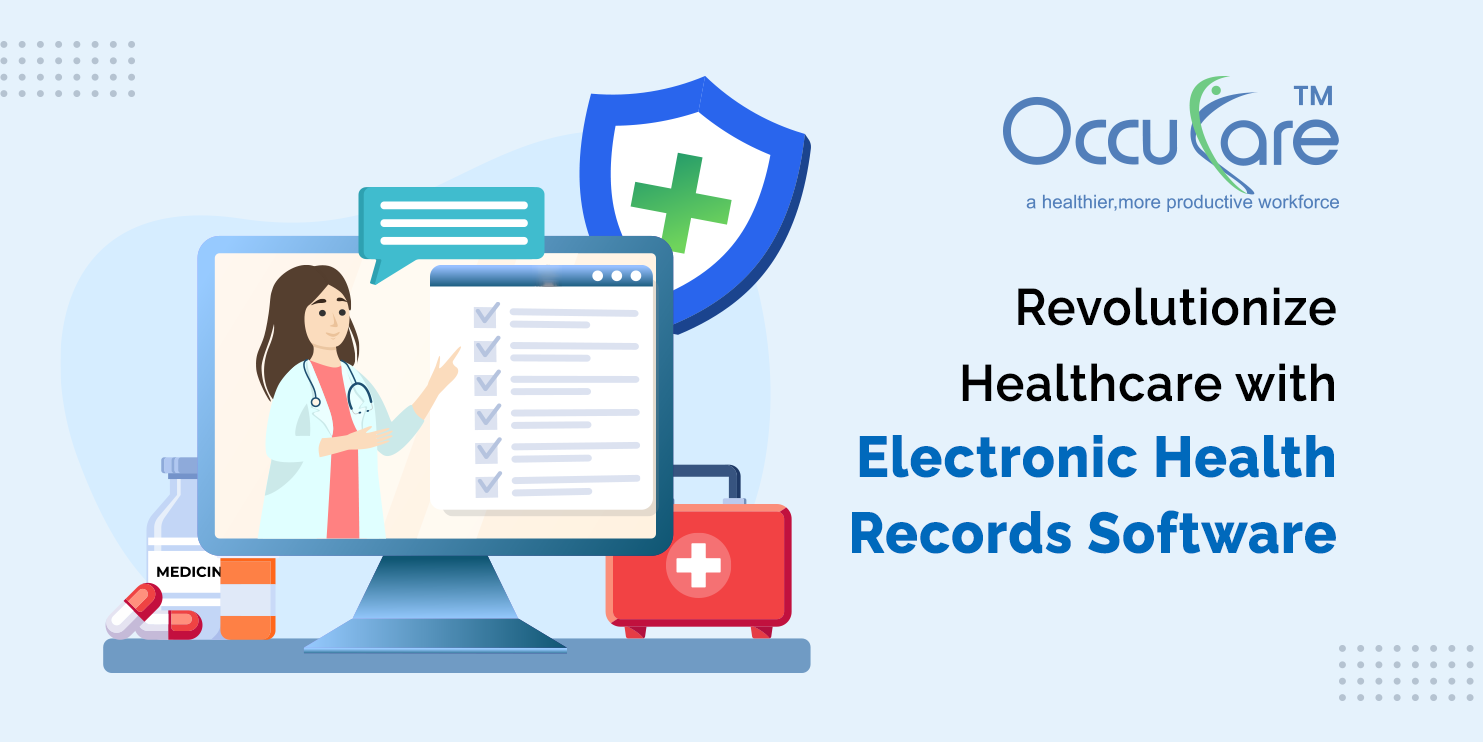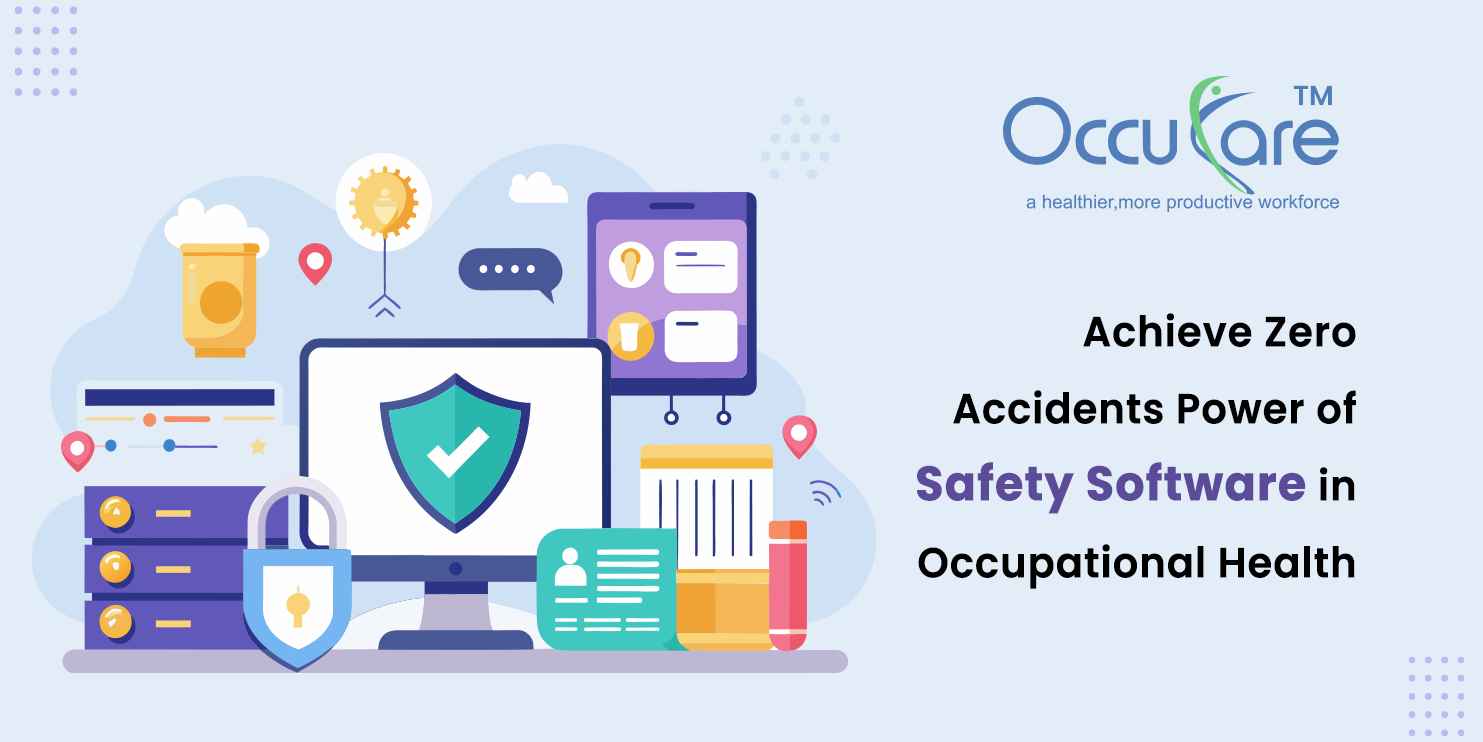Ensuring Occupational health and safety (OHS) is a major issue for enterprises of all sizes in the fast-paced industrial world of today. Businesses use cutting-edge technologies to meet compliance requirements and enhance overall safety performance as laws get more onerous and managing workplace safety becomes more complex. CAPA Software is one such solution that has grown essential to contemporary occupational health and safety system. Companies can meet legal standards, improve workplace safety, lower accident rates, and foster a continuous improvement culture by implementing a strong CAPA System.
This article will discuss how CAPA Management Software affects occupational health and safety, how it assists businesses in proactively addressing safety concerns, and why it is an essential tool for preserving a secure workplace.
Understanding CAPA in Occupational Health and Safety:
A methodical strategy to identifying, addressing, and preventing issues that may result in workplace mishaps or safety standard breaches is the Corrective and Preventive Action System. Organizations have often managed corrective and preventative actions through manual methods.
In addition to aiding in the documentation of safety occurrences, this Software expedites the investigative process, facilitating the identification of the core cause of a problem and the implementation of corrective or preventive measures by safety officials.
Why CAPA Management Software is Essential for Occupational Health and Safety?
Systems for occupational health and safety are created to safeguard employees and adhere to legal criteria. By automating the monitoring, administration, and reporting of corrective and preventative measures, the integration of software into these systems improves their efficacy.
Furthermore, through work delegation and completion tracking, the Corrective and Preventive Action Software fosters accountability within an organization. Safety managers can effortlessly track the progress of every task, ensuring that necessary corrective actions are carried out and deadlines are fulfilled. Organizations can guarantee compliance with industry standards and regulations while simultaneously improving their safety performance by integrating the CAPA System into their OHS operations.
Benefits of CAPA Software for Occupational Health and Safety:-
The use of CAPA Software in occupational health and safety offers a wide range of benefits, including:
1. Improved Incident Tracking and Reporting:
Better data gathering results from this, which may then be evaluated to spot trends and proactively address any safety concerns. Every occurrence is carefully investigated, and the required corrective and preventative actions are implemented, thanks to the Corrective and preventative Action System.
2. Enhanced Root Cause Analysis:
The system offers resources to assist in locating the root causes of safety problems and stopping them from happening again. This function is essential for workplace health and safety, as identifying the underlying causes of accidents can greatly lower the probability of such mishaps in the future.
3. Compliance and Auditing:
The system makes sure that everything is documented, giving an accurate audit trail. This helps ensure that local and international safety standards are followed, and it also gets firms ready for external audits.
4. Increased Accountability:
A strong CAPA system requires certain people to take corrective and preventive actions, making sure that everyone is aware of their duties. Employers can hold staff responsible for upholding workplace safety by monitoring the accomplishment of these activities.
5. Continuous Improvement:
The Corrective and Preventive Action System fosters a culture of continuous improvement by encouraging the ongoing identification and resolution of safety issues. As a result, workplace safety gradually improves as businesses take a more proactive approach to managing any hazards.
Implementing CAPA Software in Occupational Health and Safety Systems:-
Selecting the appropriate Corrective and Preventive Action Software that aligns with the industry, size, and unique safety requirements of the firm is crucial. Important things to think about when choosing a CAPA System are as follows:
1. Ease of Use:
The software ought to possess an easy-to-use interface, making it effortless for safety managers and staff to record events, monitor activities, and create reports.
2. Customization:
Businesses can customize CAPA management software to meet their specific safety requirements. Workflow modifications, the addition of data fields, and the creation of unique reports are examples of customization choices.
3. Integration with Existing System:
Selecting Corrective and Preventive Action Software that is compatible with other OHS management system is crucial. This lowers the possibility of errors by ensuring a smooth data flow and doing away with the necessity for human data entry.
4. Scalability:
The software should be scalable in line with the organization’s needs. Whether it’s through user growth, data storage capacity expansion, or feature expansion, the system should be able to accommodate the changing demands of the company.
5. Reporting and Analytics:
Any Corrective and Preventive Action System must include a robust reporting component. Safety managers should be able to provide comprehensive reports on incident trends, underlying causes, and the efficacy of corrective measures using the software. Making data-driven decisions that increase workplace safety requires these insights.
Challenges in Implementing CAPA Software
Workers who are accustomed to manual procedures could be reluctant to embrace new technologies. To combat this, companies need to make training and educational investments to guarantee that every worker is aware of the value of Corrective and Preventive Action Software and how it may enhance worker safety.
Lastly, some organizations, particularly small enterprises, may find the initial cost of implementing a Corrective and Preventive Action System to be a barrier. But in many cases, the long-term advantages—such as fewer accidents, cheaper insurance costs, and fewer fines from the government—outweigh the initial outlay.
Future of CAPA Software in Occupational Health and Safety
Artificial intelligence and machine learning capabilities that can anticipate possible safety hazards before they materialize are possible examples of future advances. The workplace will be even safer thanks to these cutting-edge devices, which will not only respond to incidents but also proactively avoid them.
In conclusion, Organizations can guarantee regulatory compliance, enhance worker safety, and make the workplace safer for all staff members by putting in place a strong system. Investing in Corrective and Preventive Action Software is a wise decision that can have long-term benefits for your occupational health and safety system, regardless of the size of your company.
